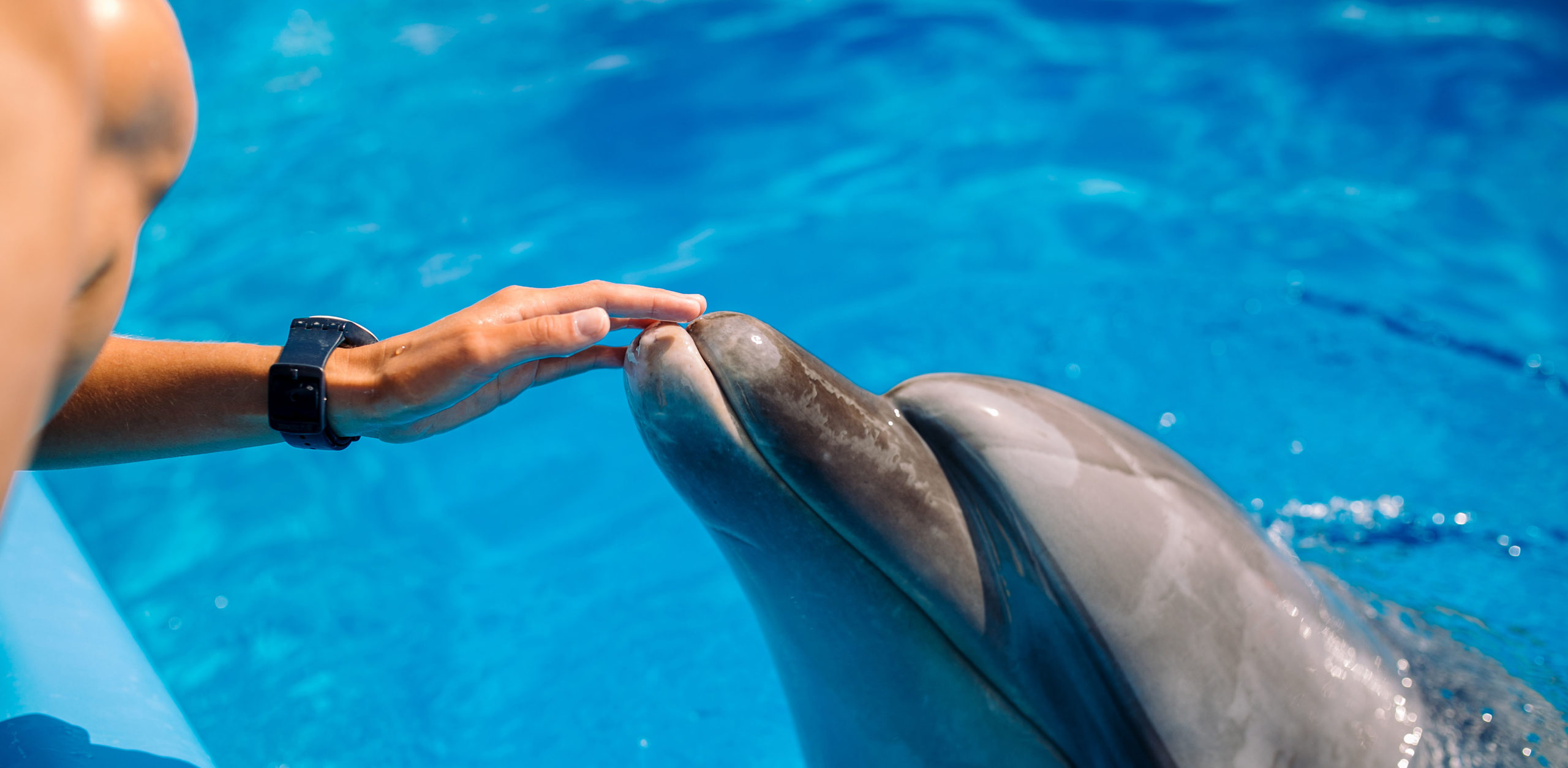

Animal therapy: dolphin therapy
There are many therapies with animals. People with Alzheimer’s are being treated with dogs, even inside nursing homes. Dogs are also used in paediatrics, geriatrics, and physiotherapy. People with mental disorders do therapeutic work with horses (equine therapy), cows, sheep, and even chickens. The case of dolphin therapy is perhaps the most fascinating, because it involves the most intelligent mammal and an aquatic environment, unsuitable for humans.
The beneficial effects of contact with animals have been abundantly studied and contrasted:
- Physiologically, petting an animal lowers blood pressure much more than reading aloud or resting.
- The presence of pets near elderly patients or patients having had surgery for coronary heart disease has increased the life expectancy of these patients by 3%.
- Many occupational therapists (therapists who specialize in the treatment of mental illness through physical activity) use animals — especially horses — in functional rehabilitation, where exercises are often difficult for patients to accept.
Animal therapy (zootherapy)
Zootherapy is a therapeutic method based on the patient’s interaction with animals and intended for the treatment of certain physical or mental conditions. There are two different approaches:
- Animal-facilitated therapy (AFT). It consists of using the privileged relationships that certain people (children, adults, the elderly, the disabled, etc.) maintain with animals in order to help the therapeutic (psychological, physical, or social) process. Think, for example, of a person’s relationship with their pet.
- Animal-assisted therapies (AAT). They use animals to improve the quality of human life, for example, to break social isolation, to give people back a sense of “power over their own lives,” to create spaces for debate that strengthen communication, etc.). The presence of the animal will improve the sense of self-esteem, motivation, and participation in educational and recreational activities.
However, this should be considered as an alternative therapy to traditional therapies which can help, complement, or improve their progress and results, but which does not replace them in any way.
The dolphin myth
Since ancient times, dolphins have fascinated humans. And while we haven’t always treated them in every culture as a living being deserves, their intelligence, beauty, speed, and acrobatics have always left us speechless.
The myth of Poseidon, the god of the oceans, is known in Western culture, whom a dolphin helped conquer the heart of the nymph Amphitrite. Poseidon, grateful for the valuable service done by the dolphin, created the constellation of the Dolphin, composed of eighteen stars and visible in the Southern Hemisphere, in its honour.
We can also find legends and beliefs in Australian Aborigines, who believe that humans are descended from dolphins, or in the culture of the Maori of New Zealand, who believe that dolphins are reincarnations of deceased humans.
Dolphins also have a reputation for saving people from drowning. There are legends and testimonies from the classical period (Plutarch and Pliny the Elder tell stories about it) to the present day. There are a lot of current and well documented cases of this type of rescue.
However, cases of spontaneous collaboration between humans and dolphins are less well-known.
On the coast of Mauritania, fishermen and dolphins cooperate to make fishing more efficient. Dolphins chase the fish toward the nets, and thus, trapped between two predators, they are more easily caught; a benefit for both dolphins and fishermen.
Dolphin therapy
Dolphin therapy is a therapeutic method based on the patient’s interaction with dolphins, intended for the treatment of certain diseases and disorders.
The term includes therapy programs where captive dolphins are mostly used, although there are also programs that are developed with wild dolphins.
The therapy used by dolphins in captivity corresponds to the AFT (animal-facilitation therapy) approach and is the most widely used, while the use of the wild dolphin is closer to the AAT (animal-assisted therapy) approach.
In addition to their cheerful, calm, and compassionate nature, therapists also value the beneficial effects that ultrasound emitted by dolphins have, thanks to the influence they have on our emotions, comparable to that of music therapy. Dolphins therefore seem to have the “extraordinary” power to trigger the healing process in humans.
The doctor Horace Dobbs, a British researcher, in the mid-seventies of the twentieth century, saw how a lifeboat mechanic, affected by a deep depression, after swimming for a while with a friendly wild dolphin, experienced a miraculous cure. From this fact and others like it, he and other researchers have been progressively contributing to dolphin therapy with their work.
It is used in numerous diseases: mental retardation, autism, Rett syndrome, depression, anorexia, emotional and self-esteem disorders, concentration disorders, cognitive problems, phobias, post-traumatic stress, Down syndrome (trisomy), dyslexia, ADHD, cancer, cystic fibrosis, blindness, deafness, physical disabilities, spinal cord and brain damage (cerebral palsy), and so on.
A dolphin therapy session can last between 15 and 40 minutes, depending on the centre and the type of therapy. There are a dozen large centres in North America, South America, and Europe.
Does it benefit or harm dolphins?
Like everything in science, there is controversy here as well. Beyond the results — which some scientists also criticize — captive dolphins are used in most cases. This fact causes what we call indirect impact, which is what wild animals suffer from the condition of captivity.
In the case of dolphins, in addition to the impact of the capture and transport of the animal, it has effects on alteration of its social structure. In addition, dietary changes and stress alter their reproductive conditions and make them vulnerable to diseases exclusive to captivity. These and other consequences of captivity are well studied and legislation, especially in Europe and the US, is increasingly evolving towards greater protection of dolphin welfare.
About the direct impact of the dolphin’s job as a “therapist”, unfortunately, not enough information is available yet to assess the impact it may have on its well-being. We will have to wait and see.
Do you want to be the first to receive the latest news about 11Onze? Click here to subscribe to our Telegram channel
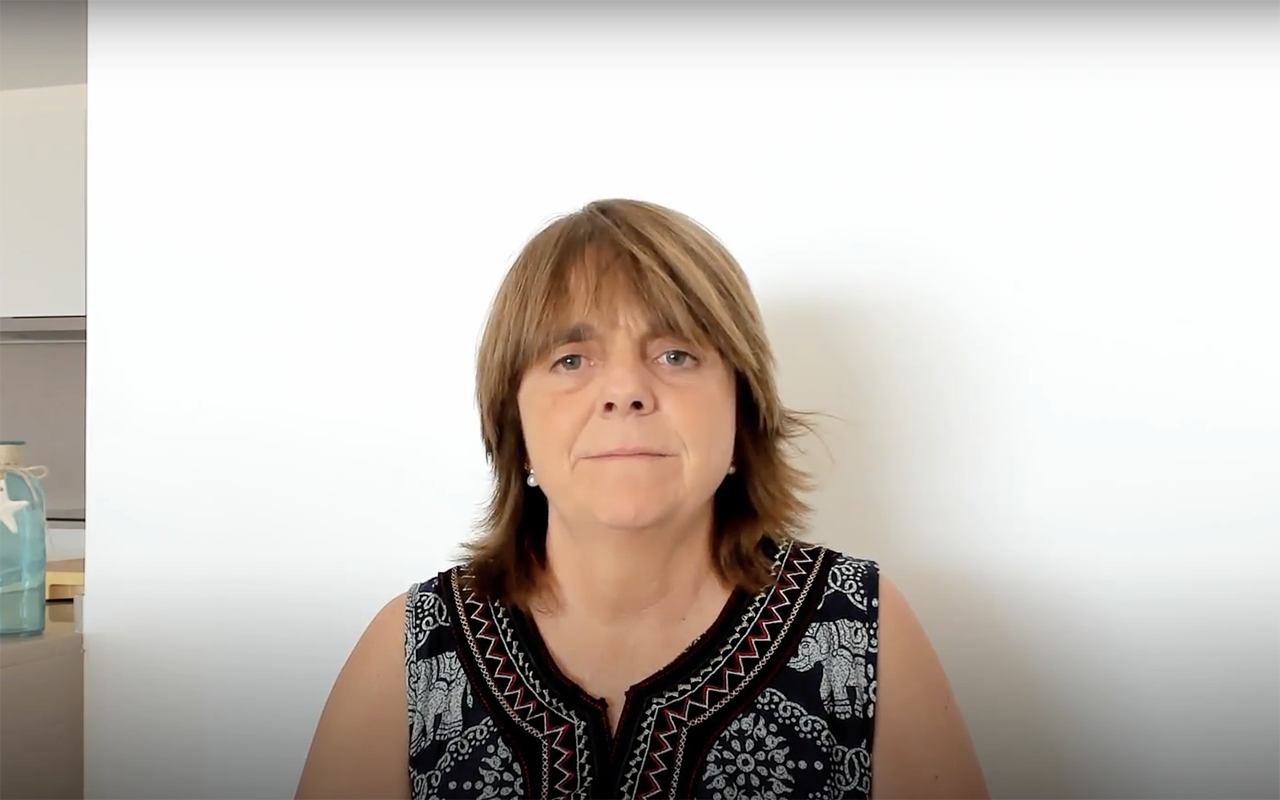
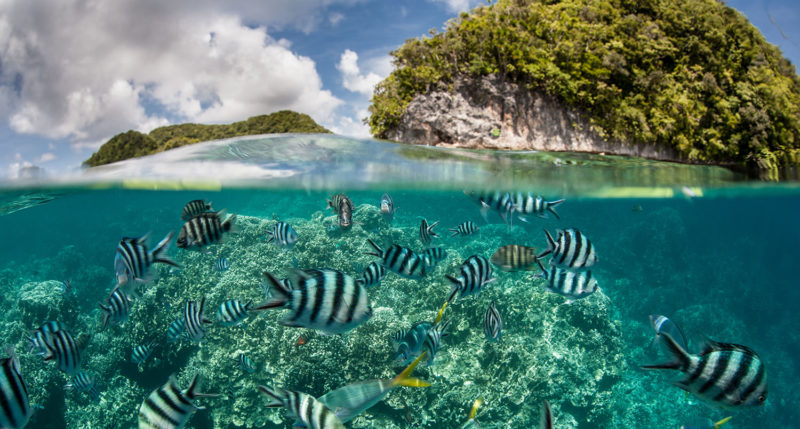
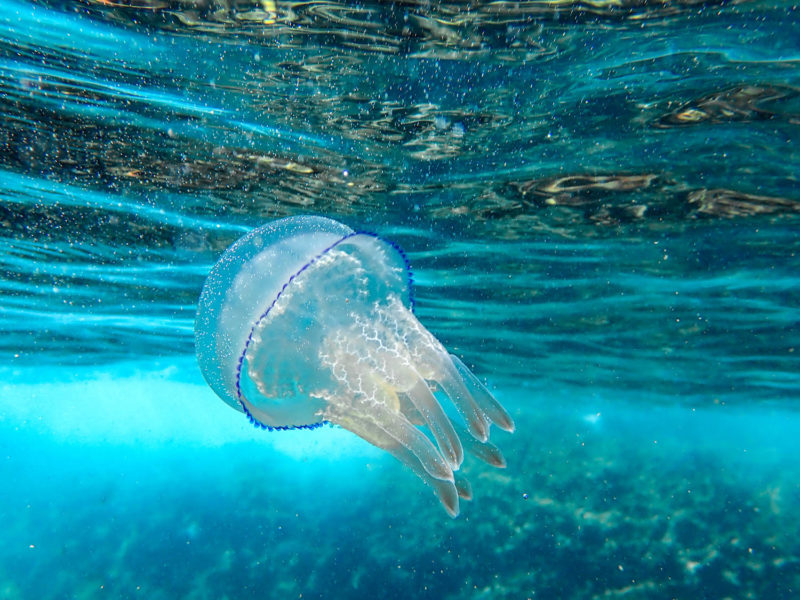
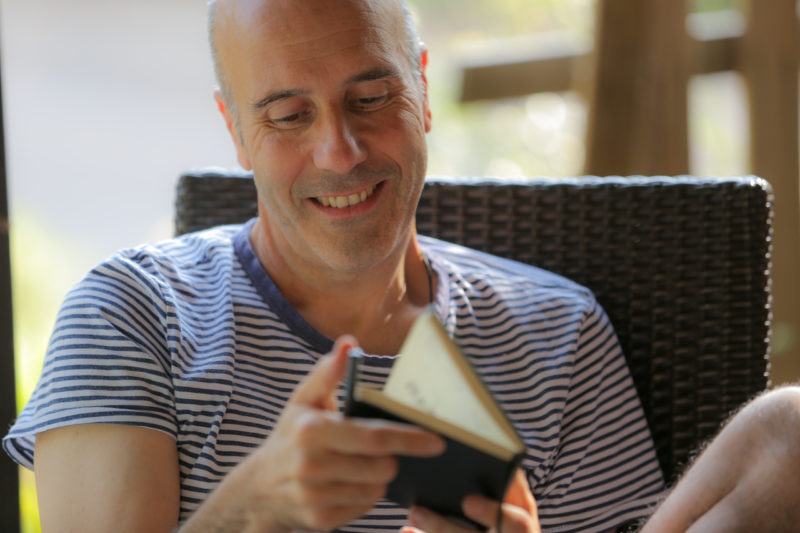


Gràcies
A tu Daniela!
Molt bona tasca sempre que es respectin els animals i no s’els hi condicioni….
Tota la raó, el respecte i el benefici per totes les parts i si pogués ser el consentiment millor. Però encara ens falta molt per aprendre suposo
No hauria de ser en absolut acceptable aquesta teràpia si implica els dofins en captiveri.
Certament, Laura. El benestar dels animals sempre hauria d’anar per davant.
Realment fascinant
Gràcies pel teu suport, Marta!
És fascinant. No obstant, em preocupa el benestar dels animals.
Tota la raó, Lluís. A nosaltres ens preocupa també i per aquest motiu hem volgut ressaltar tant els aspectes positius, com els negatius d’aquesta zooteràpia. Gràcies pel teu comentari!
M’agradat saber de la delfinoterapia ,com bé has dit quina repercussió pot tenir als daufins?estar per veure
Sí, Alícia, els estudis encara no són prou concloents en aquest aspecte. Ho anirem seguint. Gràcies pel teu suport!
Bona article! 👍
Gràcies, Joan!